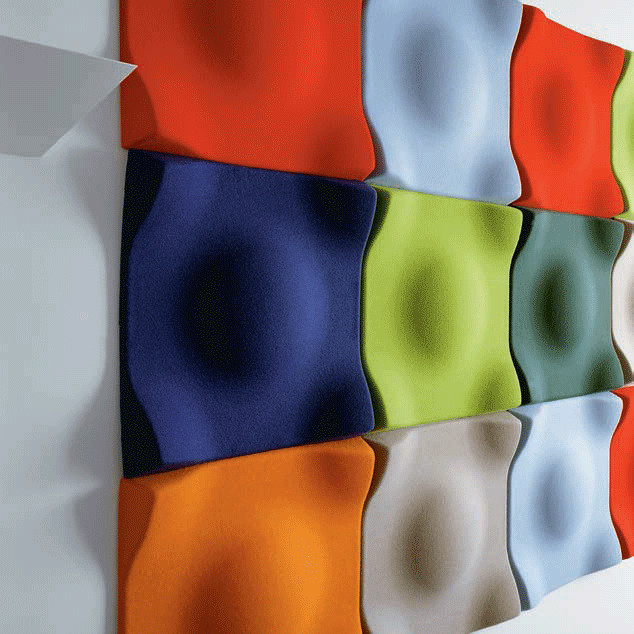Enhancing Residential Spaces with 3D Acoustic Wall Panels
In the realm of interior design and home improvement, the quest for functionality and aesthetics harmoniously interweaves. Addressing the quintessential challenge of acoustics in residential environments has spurred the emergence of innovative solutions like 3D acoustic wall panels. These panels, once relegated to commercial and studio settings, are increasingly finding their place within residential spaces. But are they truly suitable for such intimate settings? Let’s delve into the empirical evidence and expert insights to uncover the verdict.

First and foremost, let's address the core functionality of 3D wall panels: sound absorption. While the bustling energy of urban life seeps into our homes, creating a cacophony of noises ranging from traffic rumble to household chatter, maintaining tranquility within residential spaces becomes paramount. Acoustic panels, with their intricate designs and porous structures, act as effective sound absorbers, mitigating reverberations and echoes. Studies conducted in controlled environments have showcased significant reductions in sound transmission through the implementation of these panels, thus laying the empirical groundwork for their efficacy.
Beyond their functional prowess, 3D acoustic panels serve as a canvas for creativity. The marriage of form and function manifests in a myriad of designs, ranging from geometric patterns to organic motifs, offering homeowners the opportunity to tailor their acoustic solutions to match their stylistic preferences. This creative versatility not only enhances the aesthetic appeal of residential interiors but also fosters a sense of personalization and uniqueness within living spaces.
One of the prevailing concerns regarding the adoption of 3D acoustic wall panels in residential settings pertains to their installation and maintenance. However, advancements in manufacturing techniques have resulted in lightweight and easy-to-install panels that require minimal upkeep. Additionally, the emergence of eco-friendly materials and sustainable manufacturing practices aligns with the growing ethos of environmental consciousness among homeowners, further bolstering the appeal of these panels for residential use.
While the empirical evidence substantiates the efficacy and practicality of 3D acoustic wall panels in residential settings, it is imperative to consider the expert perspectives within the field. Acoustic engineers and interior designers advocate for the integration of these panels as part of a holistic approach to enhancing the livability of residential spaces. By strategically placing panels in areas prone to sound reverberation, such as living rooms and home theaters, homeowners can curate immersive auditory experiences while maintaining optimal acoustics.
Moreover, the emergent nature of 3D acoustic panels within residential design underscores the dynamic evolution of interior architecture. As technological advancements continue to redefine the boundaries of possibility, homeowners are presented with innovative solutions that transcend traditional paradigms. The convergence of functionality, creativity, and sustainability encapsulates the essence of modern residential design, wherein 3D acoustic wall panels emerge as a testament to progress and ingenuity.
In conclusion, the empirical evidence, coupled with expert insights, substantiates the suitability of 3D acoustic wall panels for residential use. By seamlessly blending functionality with creativity, these panels offer homeowners a multifaceted solution to the perennial challenge of acoustics. As residential design continues to evolve, embracing emergent technologies and solutions becomes paramount in creating spaces that are both harmonious and humane. With akupanels 3D acoustic wall panels, the symphony of residential living reaches new heights, resonating with both empirical precision and creative expression.
评论
发表评论